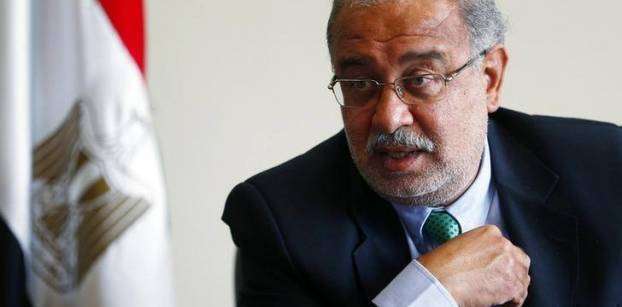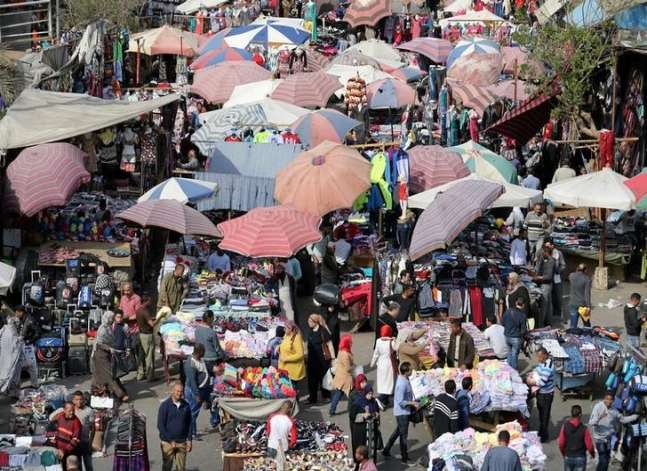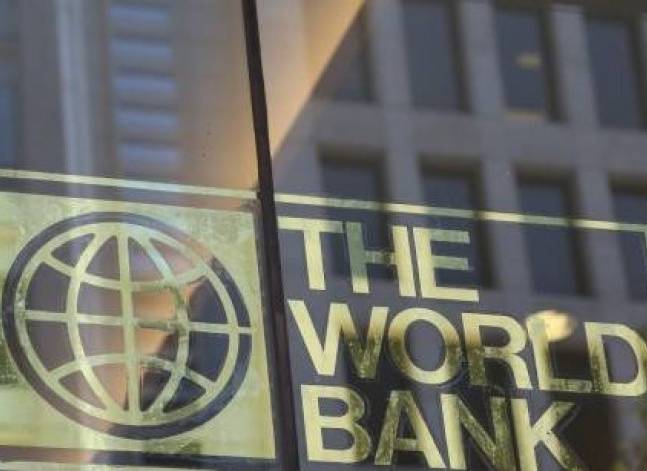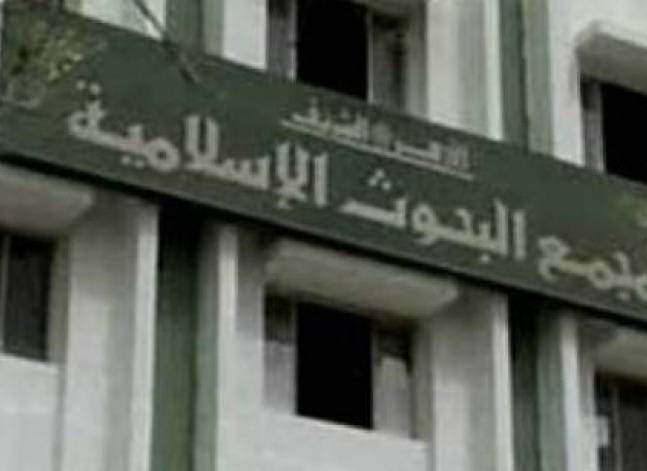Egypt government eyes 5-6 pct growth by FY 2017/18

Egyptian Prime Minister Sherif Ismail, REUTERS
CAIRO, Mar 27 (Aswat Masriya) – The Egyptian government wants to raise growth, reduce unemployment and bring back tourists, it said on Sunday when it presented its programme to parliament.
By the end of the fiscal year 2017/2018, the Egyptian government eyes bringing economic growth to between 5 to 6 per cent. The growth rate in the past fiscal year, which ran from July 2014 to June 2015, was 4.2 per cent.
The government also wants to bring unemployment, currently at 12.7 per cent, down to between 10 and 11 per cent by the end of fiscal year 2017/2018, and to less than 9 per cent by the end of 2019/2020.
Prime Minister Sherif Ismail stood before the House of Representatives today and presented the government’s programme, as stipulated in the constitution. The programme will be put to a vote and must win the confidence of the majority of House members within 30 days.
One of the seven main targets of the government’s programme is to create an economic plan. The cash-strapped Egyptian government is currently facing the consequences of years of political turmoil, which have created a dollar shortage, discouraged investors and scared tourists away.
Among the priorities of Ismail’s government is to bring about 9 million tourists to Egypt in the upcoming fiscal year, between July 2016 and June 2017 and the government forecasts launching 36 tourism projects by 2018.
Egypt received 9.3 million tourists in 2015. Just as it was starting to recover, tourism, a main provider of hard currency, has been served several blows in as little as a few months.
In September, Egyptian police said it accidentally shot a group of tourists in the Egypt’s western desert, leaving 8 Mexicans dead and in October, a plane crashed in the Sinai desert leaving all 224 passengers and crew dead. The plane was mostly carrying Russian tourists and Russia believes the plane crashed in an act of terror. Egypt has yet to announce the results of an investigation it is leading, which includes international experts representing the plane’s designers and manufacturers.
The government progaramme has several other sets of economic targets including raising investment and reducing inflation.
The 2011 Uprising that toppled former president Hosni Mubarak was followed by violence, renewed clashes between police and protesters and even an insurgency which is based in the Sinai desert but has occasionally crawled to other parts of Egypt. Over the course of the past five years, the state’s foreign reserves have dropped by more than half, from over $36 billion to 16.533 at the end of February.
The Egyptian state has been supported by generous Gulf donations and loans but has been scrambling to collect much needed financial support, signing loan agreements with the World Bank and the African Development Bank (AfDB) in December.









facebook comments